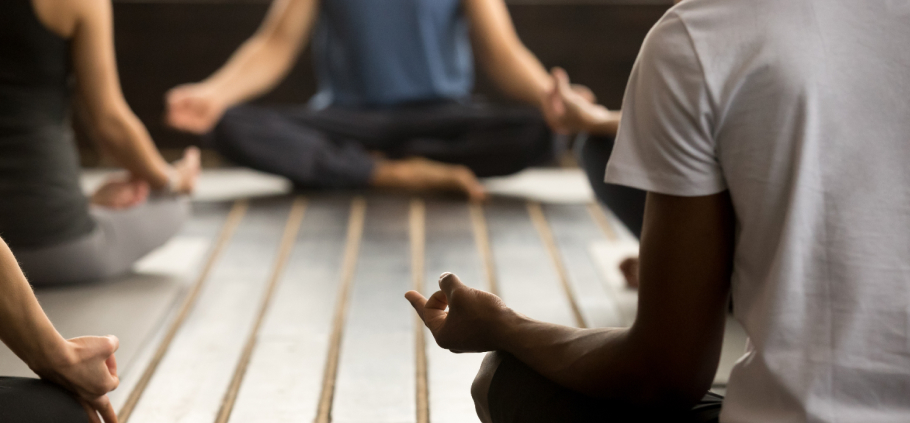Tai Chi (Taijiquan) emerged in rural China in the mid-17th century, when the Chen-family master Chen Wangting systematized a new “internal” boxing art that blended Daoist philosophy, breath regulation and martial technique. Almost four centuries later, fMRI scanners, hormone assays and cognitive tests are showing that the calm, circular movements first taught in Chenjiagou do far more than refine balance—they remodel the brain and dampen the stress response. This article walks through the art’s history, explains its key mechanisms and highlights the best studies published between 2018 and 2025.
1 | From Village Combat to Mindful Movement
- Origins. 1640-1660 CE, Chenjiagou village, Henan. Unlike “external” kung-fu styles that emphasised speed and muscle power, Chen-style Tai Chi focused on softness, centre-control and the internal circulation of qi.
- Daoist backdrop. Daoism’s yin-yang model—constant alternation of rest and action—shaped every posture: tension melts into release, yielding into force. The same alternation now underpins Tai Chi’s stress-buffering effect on the nervous system.
- The Sanfeng myth. Legends credit the wandering Daoist Zhang San-Feng (13th–15th c.) with the art’s original concept; historians agree the practical forms we know today crystallised under Chen Wangting and later Chen-style masters.
2 | Ancient Observations vs. Lab Measurements
Classical saying: “Soft motion calms the spirit.”
Modern validation: Randomized trials report lower salivary cortisol and better sleep quality after 10–12 weeks of Tai Chi.Classical saying: “Softness nourishes the mind.”
Modern validation: Blood tests show a 10–15 % increase in BDNF (a key neuro-trophic factor) after six months of regular practice.
Classical saying: “Body and mind move as one.”
Modern validation: Resting-state fMRI reveals stronger connectivity between the prefrontal control areas, motor cortex and the Default-Mode Network (DMN) in Tai Chi practitioners.
3 | Flagship Studies (2018 – 2025)
- Mild Cognitive Impairment, 136 seniors. Six-month 10-form programme: ↑ BDNF, better memory & executive scores (Neurorehabilitation & Neural Repair, 2018; confirmed in a 2025 meta-analysis).
- Sub-threshold depression, 102 young adults. Twelve-week 24-form class: −38 % CES-D scores, lower cortisol, normalised reward-network connectivity (Sports Medicine-Open, 2023).
- Healthy ageing, 60 older adults. Nine-week intervention: stronger DMN-to-DLPFC connectivity, better balance and cognitive flexibility (Scientific Reports, 2025).
- Parkinson’s disease. Twelve-week Tai Chi course improved non-motor symptoms and motor-cognitive network coupling (Frontiers in Aging Neuroscience, 2023).
4 | How Tai Chi Re-Wires Body & Brain
- Slow cyclical movement—activates deep postural muscles, feeds rich proprioceptive data to the cerebellum and sensorimotor cortex.
- Synchronized breathing—shifts the autonomic balance from “fight or flight” to “rest & digest,” lowering cortisol and blood pressure.
- Focused repetition of forms—builds working-memory circuits; BDNF rises, boosting neuroplasticity.
- Yin–Yang equilibrium—continual alternation of tension/relaxation teaches the brain flexible motor and emotional regulation.
5 | Practice Guidelines for Brain Benefits
- Frequency: Aim for 3-4 sessions a week, 30-45 minutes each (≈150 min total).
- Duration: Measurable BDNF and connectivity gains appear after ~12 weeks.
- Intensity: Moderate pace focused on breath; overly vigorous “fitness” variants dampen the anti-stress effect.
Tai Chi has travelled from a 17th-century Henan courtyard to neuroscience labs worldwide. What its early masters described as “harmonising qi” now registers as reduced cortisol, elevated BDNF and re-tuned brain networks. Practised for just 150 minutes a week, Tai Chi delivers a compact upgrade—sharper memory, lower stress, more adaptive movement—proving that a four-hundred-year-old art can sit comfortably at the cutting edge of mind-body science.
More courses you might like






